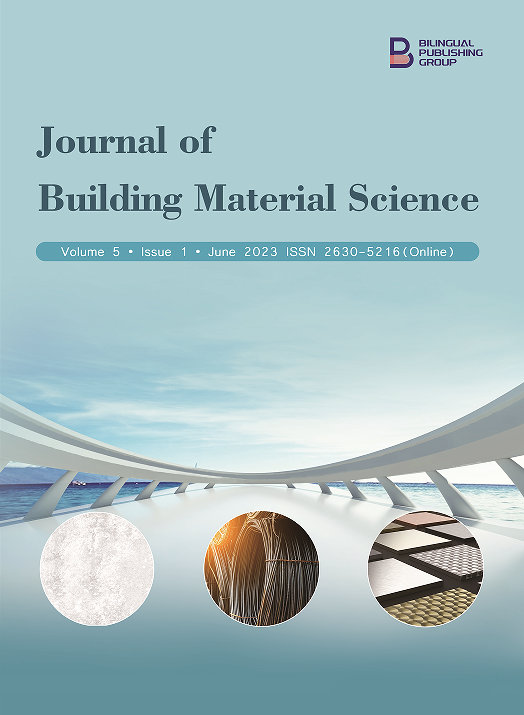
A Theory on Increasing the Heat Transfer Performance of Building Wall
DOI:
https://doi.org/10.30564/jbms.v5i1.5595Abstract
The target of traditional thermal conductivity of wall research is the spatial distribution form. In these studies, the change of thermal conductivity with temperature is neglected. Meanwhile, case studies are always used. This method needs large computation and it is hard to obtain the optimal result. In order to overcome the problems, a new approach has been put forward in this paper. Different from the traditional approach, the new approach solves an inverse problem under the concept of passive ideal energy-saving buildings to obtain the optimal distribution of heat ability with temperature on an external wall. The result for a typical summer day shows the heat ability distribution of a wall in summer is a staircase. It is similar to the heat pipe. It is also found that the optimal heat transfer property of the external wall is closer to the heat pipe when its heat capacity per square meter (ρcpL) is of extreme value. This study can provide guidance to researchers in building materials.
Keywords:
Thermal conductivity ; Building envelope; Passive room; Inverse problem; Nonlinear optimizationReferences
[1] Tsinghua University Buildings Energy Efficiency Research Center, 2009. 2009 zhong guo jie neng bao gao (Chinese) [Annual report on China building energy efficiency]. TUBEERC: Beijing.
[2] Wang, Zh.Y., Tang, F.X., 2010. Di tan jian zhun chui xiang chong feng hao jiao (Chinese) [Low carbon buildings blow bugle call to charge]. China High Technology Enterprises. (26).
[3] Asan, H., 2000. Investigation of wall's optimum insulation position from maximum time lag and minimum decrement factor point of view. Energy and Buildings. 32(2), 197–203.
[4] Liu, H., 1981. Re chuan dao xi shu zhu jian bian hua de ban dao re wen ti (Chinese) [Heat conduction problem for tightly compressed adjacent layers of plane plates with gradually varying heat conduction coefficients]. Applied Mathematics and Mechanics. (2).
[5] Chen, G.Q., 1992. Bian re dao jie zhi wei fen fang cheng ji qi yi yi (Chinese) [On the differential equations and its meaning for variable-conductivity medium]. Journal of Shaoyang College. (2).
[6] Mahlia, T.M.I., Taufiq, B.N., Masjuki, H.H., 2007. Correlation between thermal conductivity and the thickness of selected insulation materials for building wall. Energy and Buildings. 39(2), 182–187.
[7] Zhong, Z.P., Zhang, Y.P., 2000. Optimal arrangement of the insulation layer in a three-layered wallboard. Heat Transfer Science and Technology 2000, 2000,867–872.
[8] Zeng, R.L., Wang, X., Di, H.F., et al., 2011. New concepts and approach for developing energy efficient buildings: Ideal specific heat for building internal thermal mass. Energy and Buildings. 43, 1081–1090.
Downloads
How to Cite
Issue
Article Type
License
Copyright © 2023 Yu Zhang, ShaoLei Sun

This is an open access article under the Creative Commons Attribution-NonCommercial 4.0 International (CC BY-NC 4.0) License.







 Yu Zhang
Yu Zhang





